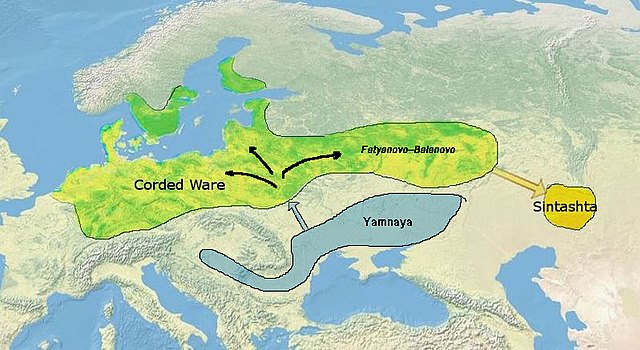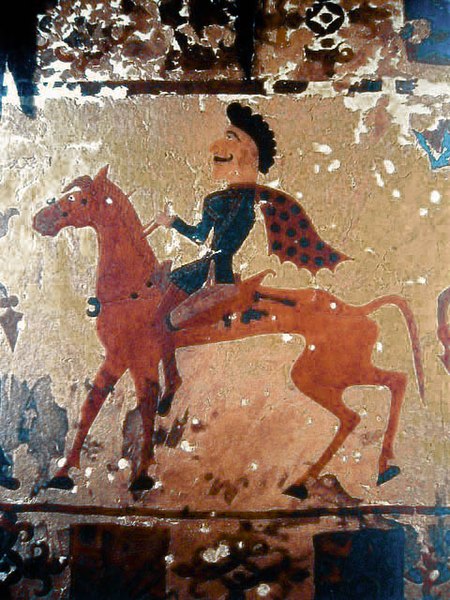The Saka were a group of nomadic Eastern Iranian peoples who historically inhabited the northern and eastern Eurasian Steppe and the Tarim Basin.
Cataphract-style parade armour of a Saka royal, also known as "The Golden Warrior", from the Issyk kurgan, a historical burial site near Almaty, Kazakhstan. Circa 400–200 BC.
Scythian helmet, copper alloy, Afrasiyab, Samarkand, 6th–1st century BC.
For the Achaemenids, there were three types of Sakas: the Sakā tayai paradraya ("beyond the sea", presumably between the Greeks and the Thracians on the Western side of the Black Sea), the Sakā Tigraxaudā (the Massagetae, "with pointed caps"), the Sakā haumavargā ("Hauma drinkers", furthest East). Soldiers of the Achaemenid army, Xerxes I tomb detail, circa 480 BC.
Sakā Tigraxaudā tribute bearers to the Achaemenid Empire, Apadana, Staircase 12.
The Iranian peoples or Iranic peoples are a diverse grouping of peoples who are identified by their usage of the Iranian languages and other cultural similarities.
The Bistun Inscription of Darius the Great describes itself to have been composed in Arya [language or script].
Early Indo-European migrations from the Pontic steppes and across Central Asia.
According to Allentoft (2015), the Sintashta culture probably derived from the Corded Ware culture.
Saka horseman, Pazyryk, from a carpet, c. 300 BC


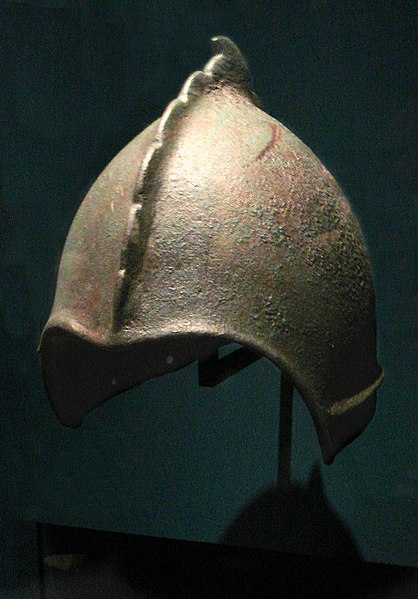
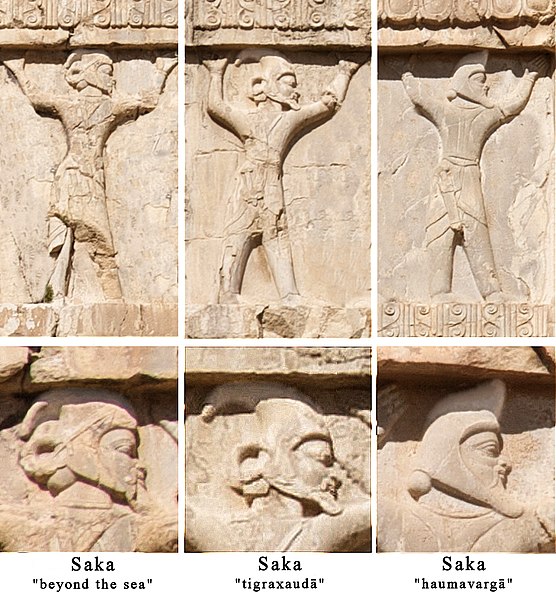
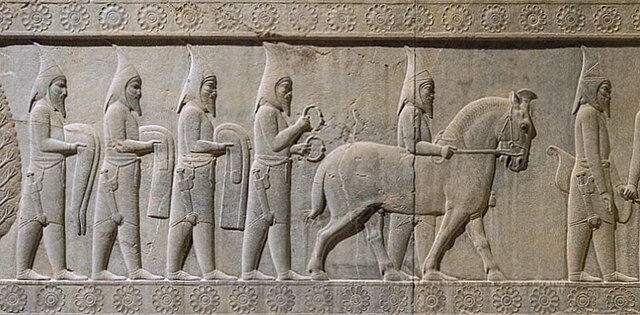
![The Bistun Inscription of Darius the Great describes itself to have been composed in Arya [language or script].](https://upload.wikimedia.org/wikipedia/commons/thumb/0/04/Darius_I_the_Great%27s_inscription.jpg/640px-Darius_I_the_Great%27s_inscription.jpg)

